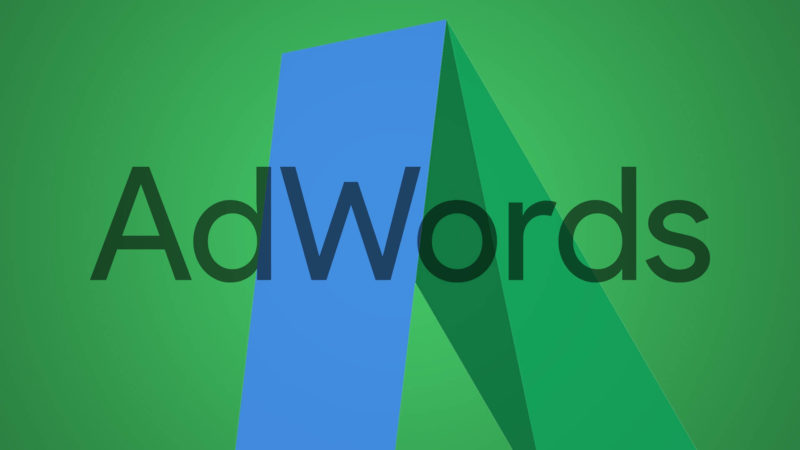Google is rolling out changes to AdWords Ad Rank thresholds: What you need to know
Bids can carry more weight in Ad Rank thresholds based on the meaning of a query.
Google has been accelerating the rollout of new Ad Rank thresholds since early May. Some advertisers have reported seeing shifts in AdWords CPCs since then — some minimal, some significant. Here’s a look at what’s changing.
First, some background. Ad Rank determines where an ad appears on the page and is based on a calculation of max CPC, expected CTR, ad relevance, landing page experience and the expected impact of ad extensions and other ad formats. Ads need to meet Ad Rank thresholds, or minimums, in order to show on the first page of results. Typically, thresholds are higher to show at the top of the page above the organic results than they are for ads to show at the bottom of the page. In addition to position, thresholds can also vary depending on factors such as country and device.
There are two key factors in the Ad Rank threshold change rolling out now:
1. Ad Rank thresholds account for meaning of the query
With this change, Ad Rank thresholds can be based on the meaning of the query. On its face, this seems like it would be obvious, but it hasn’t actually been a threshold factor in the past.
I thought this might have to do with the recent changes to exact match, but I was wrong. A Google spokesperson told Search Engine Land over the weekend, “We can also confirm that this started ramping up at the beginning of May, and that it isn’t related to exact match/close variants.”
I also thought this might mean that audience was being taken into consideration — i.e., who is doing the querying and whether they are a part of a retargeted or similar audience list (similar audiences for Search and Shopping came out of beta May 1). But that’s not the case, either. And this change also doesn’t affect how bid adjustments are treated.
Query category: What this does mean is that Google is now taking context, like whether a query is about recent news, versus a consumer product, into account. These types of query categories may have different Ad Rank thresholds, since the query meaning differs. It can also lead to fewer or more ads showing on a result. On a news-related query, for example, the threshold is likely to be relatively high, with fewer ads meeting the minimum requirement than on a product-related query.
2. Bids may be weighted more heavily in the Ad Rank calculation depending on query meaning
The two changes go hand-in-hand: bids might take on more weight depending on the query meaning or category. Quality factors play a major role in determining Ad Rank, but with this change, Max CPCs may hold more weight in Ad Rank for some queries.
From a statement to CMI Media from Google on the changes:
While ad quality continues to play a very important role in the Ad Rank calculation, this particular improvement adjusts the thresholds such that bids may carry a larger weight in Ad Rank than in the past for some queries. You may notice that on these queries, even though you continue to have high keyword Quality Scores, that you experience a change in your core ad metrics.
If you’re seeing higher CPCs, you may not see any change in reported Quality Score (and from what I’m hearing, this change can lead to higher CPCs, even on keywords with high reported Quality Scores), because it’s the bid that’s being weighed more heavily, rather than quality factors.
Still rolling out
These changes to Ad Rank thresholds are expected to roll out through the end of May. Since they haven’t fully launched, the help center pages have not been updated yet. If you’re seeing higher CPCs and/or lower traffic and think you’ve been impacted by the change, look at Quality Scores (as of today, advertisers can now see historical Quality Score data in AdWords) and impression share data for starters, and consider experimenting with bids. There are sure to be more recommendations coming from those who are currently dealing with the impact.
Opinions expressed in this article are those of the guest author and not necessarily Search Engine Land. Staff authors are listed here.
Related stories
